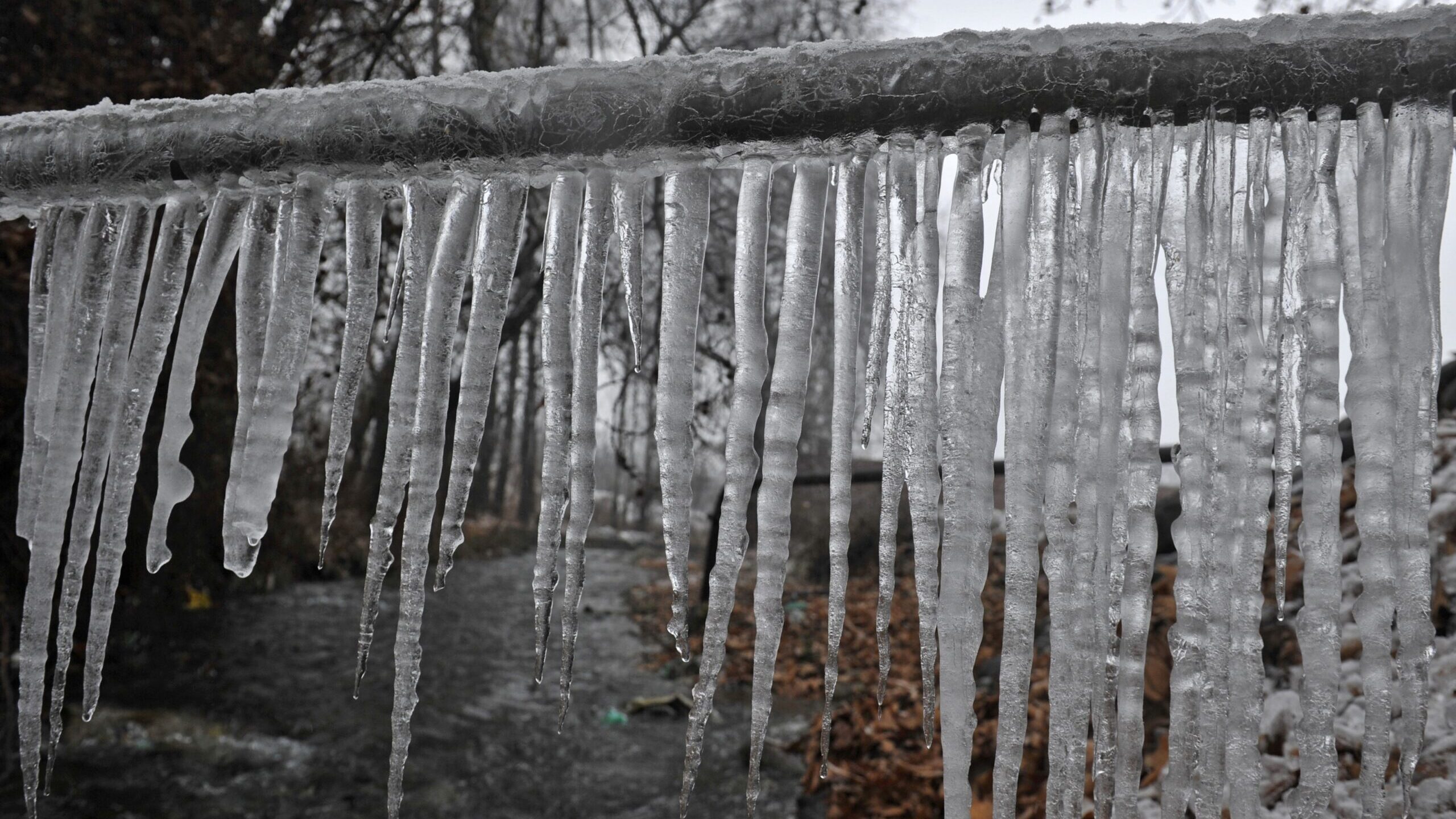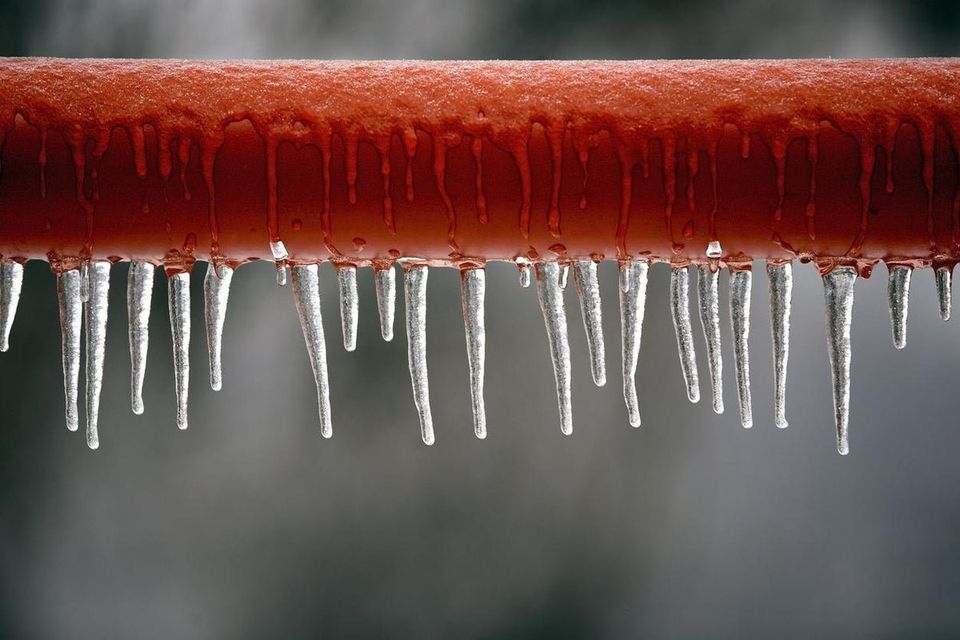Protecting Pipes from Freezing Damage: Critical Strategies
Protecting Pipes from Freezing Damage: Critical Strategies
Blog Article
Everybody has their private piece of advice involving Helpful Tips to Prevent Frozen Pipes this Winter.

Winter can damage your plumbing, specifically by freezing pipes. Here's just how to avoid it from happening and what to do if it does.
Intro
As temperatures drop, the threat of frozen pipelines boosts, possibly bring about costly repair work and water damages. Understanding exactly how to stop icy pipelines is essential for house owners in cool climates.
Prevention Tips
Protecting at risk pipes
Wrap pipes in insulation sleeves or make use of heat tape to safeguard them from freezing temperatures. Focus on pipelines in unheated or outside locations of the home.
Home heating strategies
Maintain indoor areas effectively heated up, particularly locations with pipes. Open up cupboard doors to permit warm air to distribute around pipes under sinks.
Just how to determine icy pipelines
Search for decreased water circulation from taps, uncommon smells or sounds from pipelines, and visible frost on exposed pipes.
Long-Term Solutions
Structural modifications
Think about rerouting pipes far from outside wall surfaces or unheated areas. Add extra insulation to attic rooms, cellars, and crawl spaces.
Upgrading insulation
Invest in premium insulation for pipes, attic rooms, and walls. Correct insulation aids preserve consistent temperature levels and minimizes the risk of icy pipes.
Protecting Exterior Plumbing
Garden tubes and outside taps
Detach and drain pipes garden tubes before winter months. Install frost-proof faucets or cover outdoor taps with insulated caps.
Recognizing Frozen Pipes
What triggers pipelines to ice up?
Pipelines freeze when exposed to temperature levels listed below 32 ° F (0 ° C) for extended periods. As water inside the pipes freezes, it broadens, taxing the pipeline wall surfaces and possibly creating them to rupture.
Risks and damages
Icy pipelines can result in supply of water disturbances, building damage, and expensive repairs. Burst pipelines can flood homes and cause extensive structural damage.
Indications of Frozen Pipeline
Determining frozen pipelines early can stop them from rupturing.
What to Do If Your Pipes Freeze
Immediate activities to take
If you think frozen pipelines, keep faucets open up to eliminate pressure as the ice thaws. Utilize a hairdryer or towels soaked in warm water to thaw pipes slowly.
Verdict
Stopping icy pipes calls for positive actions and quick feedbacks. By understanding the causes, indicators, and safety nets, homeowners can secure their pipes throughout cold weather.
5 Ways to Prevent Frozen Pipes
Drain Outdoor Faucets and Disconnect Hoses
First, close the shut-off valve that controls the flow of water in the pipe to your outdoor faucet. Then, head outside to disconnect and drain your hose and open the outdoor faucet to allow the water to completely drain out of the line. Turn off the faucet when done. Finally, head back to the shut-off valve and drain the remaining water inside the pipe into a bucket or container. Additionally, if you have a home irrigation system, you should consider hiring an expert to clear the system of water each year.
Insulate Pipes
One of the best and most cost-effective methods for preventing frozen water pipes is to wrap your pipes with insulation. This is especially important for areas in your home that aren’t exposed to heat, such as an attic. We suggest using foam sleeves, which can typically be found at your local hardware store.
Keep Heat Running at 65
Your pipes are located inside your walls, and the temperature there is much colder than the rest of the house. To prevent your pipes from freezing, The Insurance Information Institute suggests that you keep your home heated to at least 65 degrees, even when traveling. You may want to invest in smart devices that can keep an eye on the temperature in your home while you’re away.
Leave Water Dripping
Moving water — even a small trickle — can prevent ice from forming inside your pipes. When freezing temps are imminent, start a drip of water from all faucets that serve exposed pipes. Leaving a few faucets running will also help relieve pressure inside the pipes and help prevent a rupture if the water inside freezes.
Open Cupboard Doors
Warm your kitchen and bathroom pipes by opening cupboards and vanities. You should also leave your interior doors ajar to help warm air circulate evenly throughout your home.

Hopefully you liked our part about Helpful Tips to Prevent Frozen Pipes this Winter. Thank you so much for taking time to browse our article. Are you aware of somebody else who is fascinated with the topic? Why not share it. Thank you for being here. Return soon.
Customer Reviews Report this page